(New Tips & Hints (22
Is it possible to produce accurate market analysis without religiously applying Chapter 3 of MEW (Mastering Elliott Wave)?
ANSWER:
This question was posed by Mushtaq Khair of Maharashtra, India. It is a simple question, but the answer is quite complex, requiring some historical background. The first release of Mastering Elliott Wave in 1988 (Version 1.0, called Elliott Waves in Motion) had a very simple Chapter 3 – only 10 pages. When Windsor Books picked up the publishing rights a year later, I insisted Chapter 3 undergo a massive rewrite, expanding that chapter to 69 pages! Chapters 4 & 6 of Mastering Elliott Wave were also expanded for the release of Version 2.0.
The old Chapter 3 was easy to understand and apply, but assumed the reader understood the “logic” of NEoWave, which is subtlely presented throughout Chapters 4-12. When I decided to rewrite Chapter 3, I did not realize I was committing myself to the most complex undertaking of my life. Rewriting that one chapter took 12 months, delaying the release of the book for more than a year (what I now call the infamous rewrite of Chapter 3). The goal of the “new Chapter 3” was to allow a complete novice the ability to piece together a logical wave count during their first attempt. Without the expanded Chapter 3, it could take years for the new student to properly understand and apply all the logical NEoWave concepts presented in Mastering Elliott Wave. Chapter 3 automatically integrates the inductive and deductive reasoning of NEoWave (along with pattern limits and post-pattern behavior requirements) into the wave analysis process so even the beginner could produce bankable forecasts.
Many times since I have questioned the wisdom of presenting such a complex chapter so early in the book. Most who purchase Mastering Elliott Wave fail to heed my warning on page 3-22 and attempt to “read” all the way through Chapter 3; unfortunately, many become so frustrated that they give up, never reaching Chapter 4. Chapter 3 was designed for reference only, where each section applies to a specific arrangement of waves and provides the assistance required to apply proper labels to each wave segment. If you read Chapter 3 from beginning to end, it is similar to reading an entire dictionary just to get the definition of one word.
So, in answer to Mushtaq`s original question, Chapter 3 should be considered your “personal wave analysis assistant” until you internalize all the various NEoWave concepts subtlely presented throughout Mastering Elliott Wave. Once you understand the logic of NEoWave and its associated rules, the tedious process of analysis presented in Chapter 3 becomes unnecessary for producing accurate wave analysis and market forecasts.

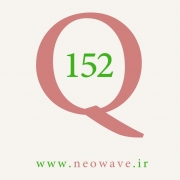
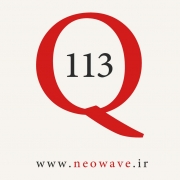
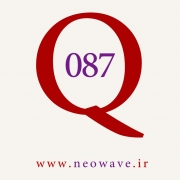
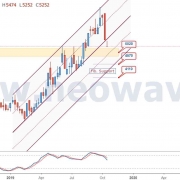
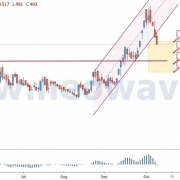
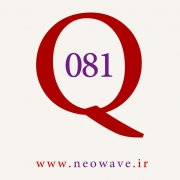
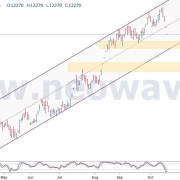
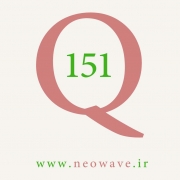


دیدگاه خود را ثبت کنید
تمایل دارید در گفتگوها شرکت کنید؟در گفتگو ها شرکت کنید.